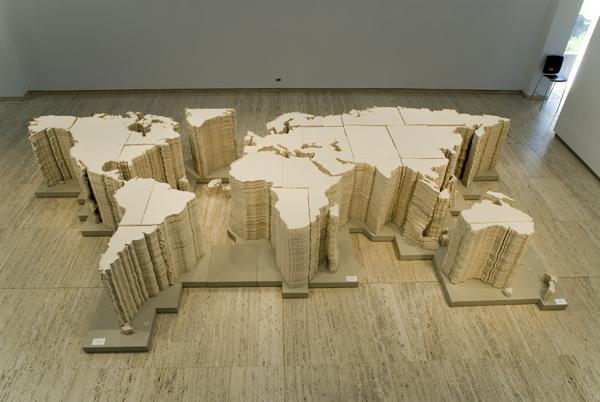DRAPE VS. TAILORING
In an attempt to better understand what I like about methods of unbroken pattern cutting, the way it holds and creates space and its outcome in drape - I have compared a Vionnet Dress to a Tailored Jacket.

Vionnet's patterns use expanses of uncut fabric ordered in geometric and curvilinear shapes which when sewn and left to drop on the wearers body, form drape. The pattern used was created in 1936. It is a dress pattern, but I have cut it short to create a type of cape/top, so as to focus solely on upper body. It uses two quadrants of a circle each with as extension to form a sleeve. The pattern was initially been inspired by a monks habit. The dress uses a combination of kimono and raglan sleeves. It uses considerably less seams in its construction compared to those of the tailored jacket, only side seams, shoulder seams, and the seaming in of a diamond gusset in the sleeve base and furthermore the quality of the lines are more fluid and gradual.
The tailored jacket is one I found in an op-shop. On it's label at the center-back neck it says "Coronet - fashion at work", so it was probably a standard workwear jacket for a banker or some kind of corporate professional during the nineties. It is composed of ten separate pieces, three pairs of panels in the torso and one pair in each sleeve. Its pattern lines are intricate and worked compared to the Vionnet flat pattern. Its form also relies on a number of secondary shapings such as horse hair, fusing, shoulder pads, shoulder rolls etc.
There are a number of things which I find more pleasing about the techniques of the Vionnet Pattern. However saying this, they are most fully appreciated in contrast to and amongst the techniques of tailoring.

HOW IT CREATES SHAPE AND FORM
The jackets shaping is achieved using a number of darts, and fusings considered in placement and measurement. The dress relies on the drop of its bias cutting to create drapery and fluting. It has a box pleat at its centre front, which shows a condensing of the patterns fabric, an expanse of measurement which has been left in . The neck of the cape is gathered, I used curtain tape to do this - again something adjustable and not fixed. This in opposition to the jacket, whose form is achieved through the subtraction of value. The Vionnet dress, is as a result more complex to look at. The figure underneath is distorted, hidden. As I look at the dress being worn, I'm thinking about how the form underneath fits into it, where is fills and where it billows.
FIXATION OF SHAPE, MEASUREMENT AND MOVEMENT
The Vionnet top allows flow and movement, allowing fit to a number of variable and complex forms. As its form is based in unfixed drape, it can easily change and give way through movement, allowing freeness is movement, which in turn effects wearing consciousness - much like that described; “...monks have invented a habit that, while fulfilling, on its own, the requirements of demeanour (majestic, flowing, all of a piece, so that it fell in statuesque folds), it left the body (inside, underneath) completely free and unaware of itself...ennobling it, released it, was free to think and forget about itself.”- (Eco, U. 1987). Futhermore it presents a number of possible permutations. The fabric could be interpreted through temporary fixations by its wearer, pinning it, clasping it etc.
SEAMLESSNESS AND INTEGRITY OF 2D PATTERN INFORMATION
The patterns base in classicism and antiquity can be seen as a form of functionalism. As described by Harold Koda "Classical dress could be submitted to the functionalist criteria of modernists: the attempt to pare all expressive qualities of their work to the elements and process of fabrication and signs of utility." - (2003, pg 17., Goddess: The Classical Mode). This can be seen in the pattern which bases all of its aesthetics and significance in its minimal uncut method of creating form. In this way it has a type of transparency in how it uses measurement and shape, which may therefore create more of a dialogue and understanding with it's wearer. The workings of a tailored jacket are hidden underneath its linings and through the pattern of its seams.

Azzedine Alaia draping a Vionnet dress.

No comments:
Post a Comment